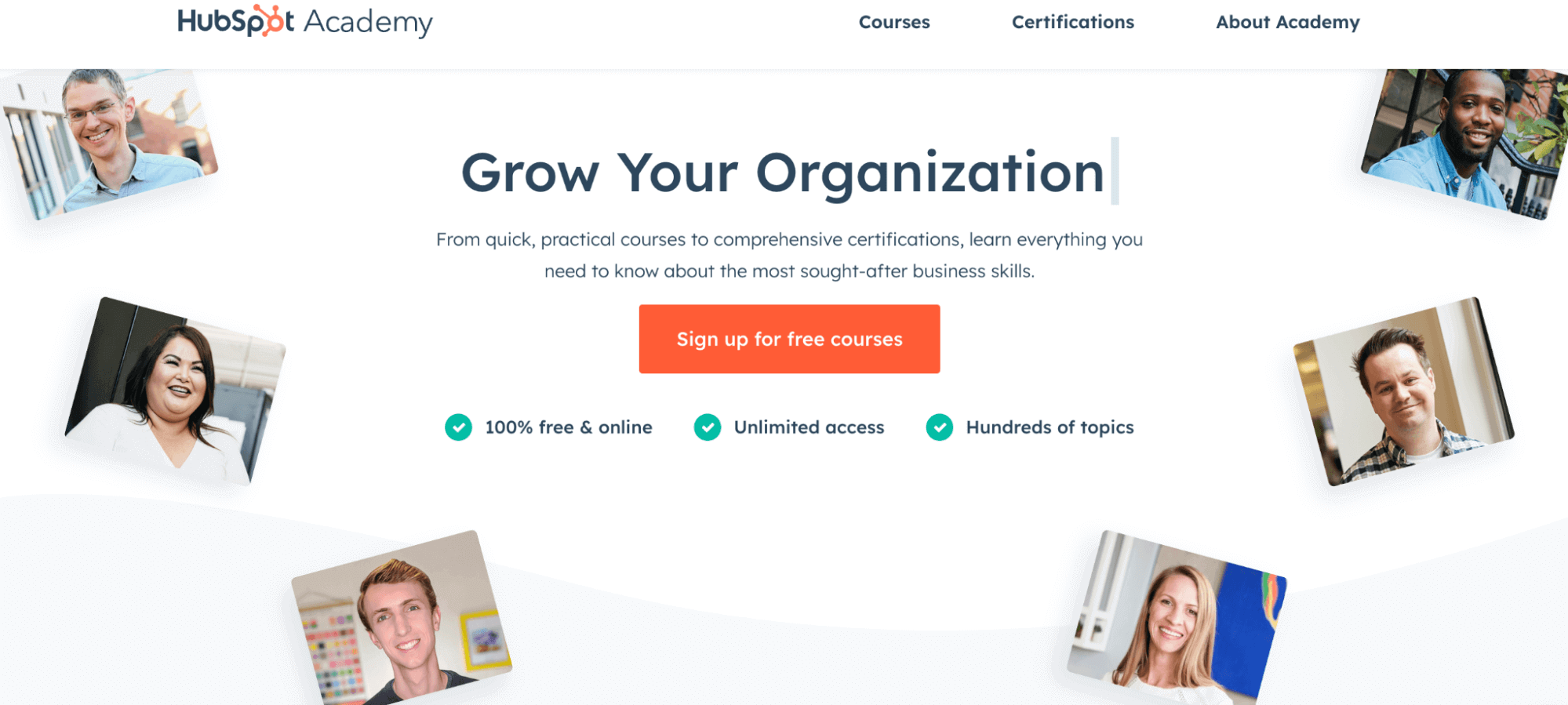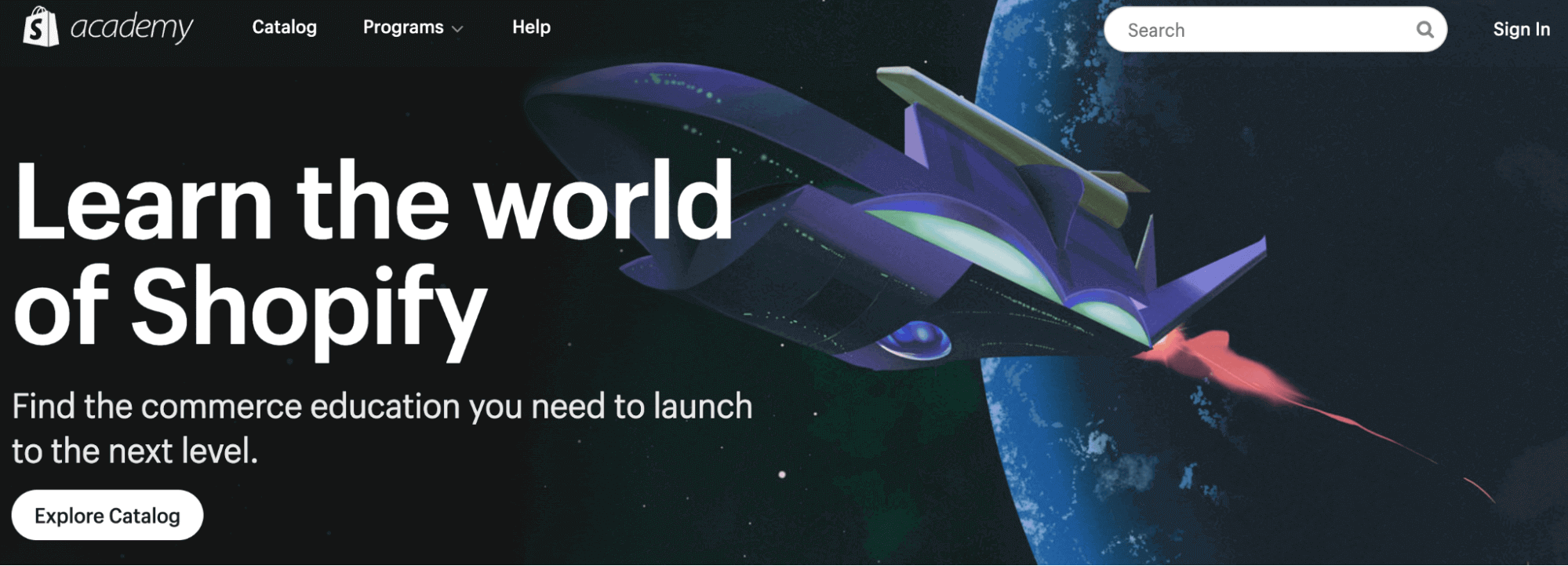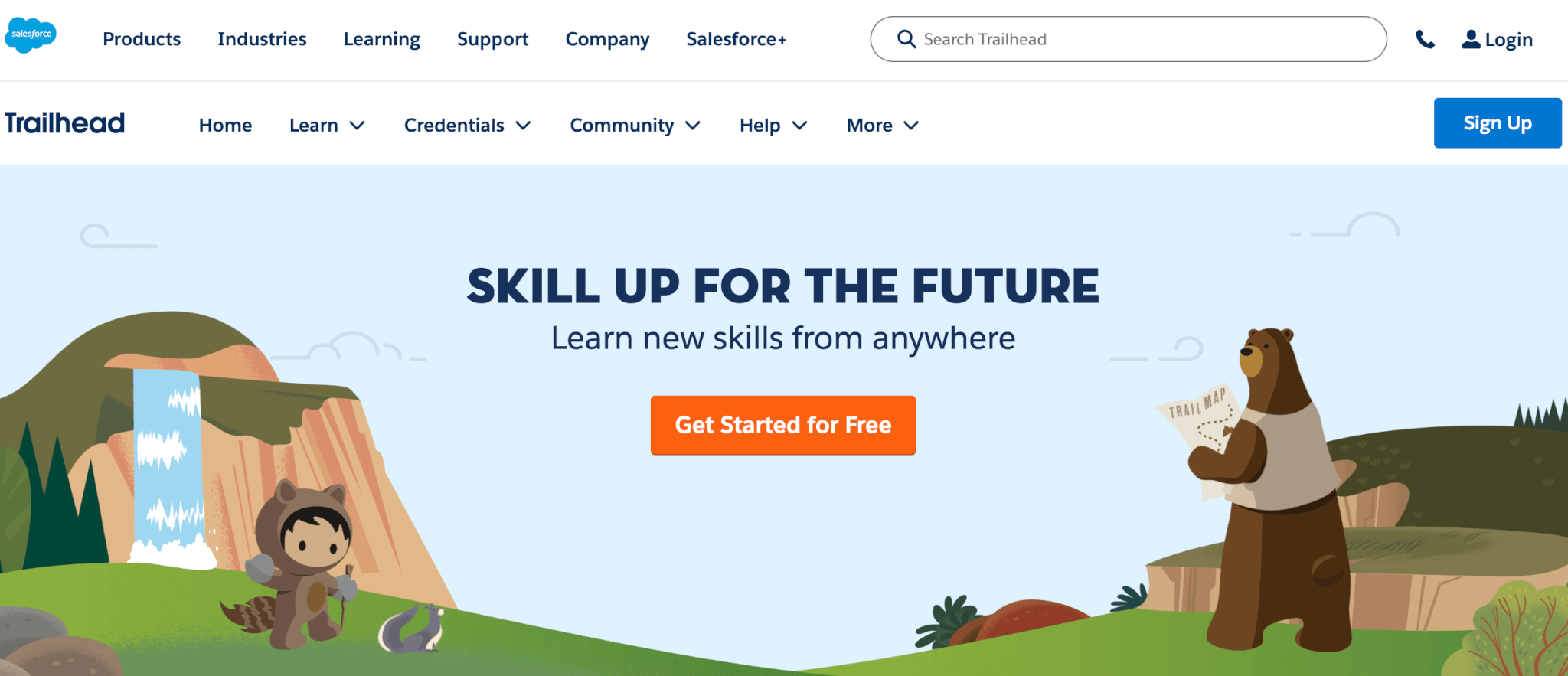Table of Contents
Recent research by Deloitte indicates that client-centric companies are 60% more profitable compared to companies not focused on the customer. That’s quite a gap, and it can make all the difference for your business’s future.
Βut what does a client-centric company look like? And how can you be more like one and increase your profit?
A client-centric philosophy manifests in several ways – starting with a deep understanding of customer needs and desires, combined with a proactive rather than reactive approach to those.
This means that a customer-focused company anticipates customer needs and, leveraging the latest technologies and advancements in its industry develops new features and products that delight its customers.
Another identifier of client-centric companies is the 360˚ support they offer their clients. And we’re not talking only about typical customer support.
All-around support includes customer education programs, extensive knowledge databases, video tutorials, webinars, and “informal” learning material, like email communications with tips, a supportive community of other product users, etc. Again, 360˚ support is a byproduct of proactive service.
Among all the above, customer education is the most significant initiative. Not only because it’s a large-scale endeavor but also because it has equally large-scale benefits.
In fact, a recent survey by Thought Industries demonstrates that customer training offers significant benefits across different business metrics, regardless of the industry.
From increased brand awareness and product adoption to higher customer lifetime value, customer education gives a boost to everything that matters and is vital for your business to survive, first, and thrive, second.
A customer training program also offers a wealth of data you can use to your advantage. Customer education data provides valuable insights into customer demographics and preferences and their interaction with your training material.
Having this information can help you understand your customers better – what brought them to you, which parts of your product they’re excited about, what more they need, and how you could become their go-to solution.
Customer education data can completely transform customer experience and, subsequently, customer satisfaction.
In this post, we want to focus on how you can leverage customer education data to optimize your business. We’ll discuss the types of customer education data, how to collect them, and all the ways they can boost your business.
3 Types of Customer Education Data to Collect
Customer education data is all the data you collect during or after a customer education program. It can be relevant to the customers, the training program and its content, or the business impact of the program. Let’s see customer education data in more detail, grouped under these 3 categories.
1. Customer data
The first group of customer education data is about your customers and the characteristics they share. Demographic data includes generic and somewhat superficial information about your customers, such as:
Customer data also include more “personal” and “real” information, which is actually even more important to know
While you should already know your customers pretty well, a customer education program additionally gives you access to fresh data from new customers and leads. Collecting data about new and existing customers will help you tailor many of your business and marketing strategies in a way that benefits your customers and boosts your revenue.
2. Engagement & performance data
These metrics are focused on your customer as a learner, your customer education course, and any relevant learning resources you have created, including customer support articles, YouTube tutorials, etc. The most common data extracted are:
Engagement & performance data indicate how engaging and effective your training material is, giving you the chance to apply necessary changes to make it even more useful for your customers.
3. Business metrics
Business KPIs are usually the result of different business strategies and initiatives. So it’s hard to understand where customer education stands and the extent it has contributed. Nonetheless, they’re worth looking at.
Business KPIs can look different for different companies, but usually, these are the most important ones:
How to Leverage Customer Education Data to Increase Revenue
Knowledge is power; in this case, it’s the power to improve your business operations and increase profitability. Let’s see how using customer education data can help your business.
Improve customer experience
Adobe’s research on customer experience, Make it Personal, shows that many brands either don’t have the capacity to collect customer information in real-time or don’t have the capability to act on it.
Two-thirds of people say brands are not doing well or are inconsistent at keeping up with their personal preferences (68%) – with just one in 10 consumers (11%) saying brands are doing well.
Although customer needs constantly change, customer education offers you hot, fresh-from-the-oven data about your customers’ behavior and expectations, so you can always be on top of the game.
Knowing what your customers need will help you make your offerings more relevant and valuable, roll out new features, brainstorm on a new product, or add a service (like a chatbot) that will further improve their customer experience.
Optimize your marketing strategy
The end of third-party cookies is near, depriving marketers of valuable insights into customer preferences. As a result, companies are already working on alternative ways to collect this information without “intermediaries.”
In a survey conducted by Acquia, 88% of marketers replied that collecting first-party customer data is more important to their organizations than it was two years ago.
During a customer education program, you can directly get this information and use it to create messaging that resonates with your customer base and target audience – and even segment those as needed.
Well-targeted, personalized messaging, in turn, has multiple benefits: it enables you to boost brand awareness, foster more meaningful bonds with customers, and increase customer engagement and loyalty.
Improved messaging also translates into higher lead generation & conversion rates. Knowing where most of your customers come from will also help you allocate marketing resources and target locations more wisely.
Increase the customer lifetime value
Knowing what your customers want enables you to upsell and cross-sell by guiding your customers toward complementary or relevant products that they will find useful.
You can turn your customers not only into repeat customers but also brand enthusiasts who trust more than one of your products and make multiple purchases.
Enhance customer loyalty
Knowing who your customers are, you’re able to personalize their experience on every touchpoint, from email communications to product recommendations.
A personalized customer experience means your customers feel cared for, their needs are met, and communication is relevant and meaningful, which can significantly improve their loyalty to your brand.
Optimize business operations & resource allocation
Knowing what your customers need or what still needs improvement will help you make informed decisions regarding where to spend your money.
Do product adoption rates remain low, and therefore customers need more educational material? Do they repeatedly search for a specific feature in your knowledge database? Which videos are the most viewed?
All this information will play a decisive role in your future business decisions, inside and outside of your customer education program.
Increase product adoption
Product adoption is one of the top reasons why companies deploy customer training. Especially for complex products like SaaS, it’s critical that first-time buyers start using the product as soon as possible.
If customers don’t see the value in your product right away, they’re much less likely to incorporate it into their routine. Luckily, customer onboarding can help with that, provided it’s relevant and effective.
With a detailed look into engagement data, you can understand where you’re doing a good job and where your customers need more support.
You can therefore improve your learning material or create new resources as necessary to help customers understand and use your product.
Lower customer support costs
Create targeted learning material that answers the customer’s most common questions as they result from their interaction with the content. If your courses have low completion rates, it means customers do not find them useful or engaging.
Remember that you need to monitor the different support material you offer, which means that you may have to track all the different platforms where content is uploaded.
Creating more useful learning resources will alleviate the workload of your customer support agents and enable them to resolve tickets faster than before.
This not only makes customers happy and gives them one more reason to stay with you, but also eliminates the need to hire more people, thereby decreasing customer support costs.
Gain a competitive advantage
Remain relevant and innovative by leveraging customer education data. Find out first-hand what your customers need and bring it to the market first.
6 Methods to Collect Customer Education Data
A survey by Skilljar shows that, currently, only a small percentage of companies track customer success metrics after the completion of a customer training program.
Gathering customer education data, among other methods, can be particularly helpful in connecting customer training to business impact.
Here’s how to do it:
1. Surveys
Get direct feedback from customers through surveys that you can send via email, integrate as part of the course, or as popups on your website (e.g., on your resources page).
2. Analytics
Website analytics and LMS reports are full of reliable data about how customers interact with your learning content. Trust this data to understand whether you need to provide more or different learning material.
3. Support tickets
Where do customers seem to stumble on the most? What issues remain unsolved by the customer education program? Your support tickets will tell you where your training material falls sort and which product features are still too complicated to use.
4. A/B testing
A more complicated and time-consuming way to get customer education data is to create two different versions of the course and see which brings the best results.
5. User interviews
Similar to surveys, interviews with product users will help you get direct feedback about the training resources and even some suggestions for improvement. They might be harder to set up, but they’re very reliable, so offer an incentive to motivate clients.
6. Customer journey mapping
This is an excellent way to measure the effectiveness of support resources. Follow the customer journey to see at which point customers visit your resources page or contact support.
How do they interact with your resource page? Can they find what they’re looking for easily? Do they upvote or download support articles? Include a feedback system, so you can get even more data.
Additional Tips for Collecting Customer Education Data
When collecting customer education data, it’s good to keep in mind a few things that will help you use them in the best possible way.
3 Noteworthy Customer Education Programs
In order to collect customer education data, you need to create a customer education course – or series of courses – that is worth signing up for! The following 3 online academies are setting the bar high.
Don’t let the fact that they’re delivered by huge names discourage you. Use them as inspiration and adjust their offerings to your potential and your customer needs.
1. Hubspot Academy

Hubspot is a comprehensive suite of marketing, sales, customer service, and CRM (Customer Relationship Management) tools, that offers an equally comprehensive customer education program – and not only.
Hubspot Academy goes the extra mile by offering online courses not only on using Hubspot but also on popular training topics relevant to its target audience, like marketing and sales.
Hubspot Academy also offers long-form courses that lead to certifications. It’s easy to see how expanding its offerings beyond product training helps Hubspot collect information about its potential customers that it can put into perfecting its product.
2. Shopify Academy

The Shopify Academy is another exemplary customer education program that offers courses and webinars specifically for Shopify Plus clients that aim to help them succeed as merchants and expand their eCommerce business.
It also offers the Foundations Certification with similar offerings, available to a wider audience. The Shopify Academy also has a well-organized community where members can share tips, get informed about Shopify news, ask questions, and more.
3. Trailhead by Salesforce

Trailhead is an online learning academy by Salesforce that stands out for its gamified approach to lifelong learning, rewarding learners with certifications, badges, points, quests & challenges, and fun prizes.
Learners can either follow guided learning paths (trails), create their own learning playlist (trailmix), or sign up for the Trailhead Academy and learn with instructor-led courses delivered by industry experts.
The Trailhead Academy offers an exciting community with networking opportunities and access to groups and events.
Better The Customer You Know
In the long term, the benefits of customer education multiply. You’ll build a stronger rapport with your customers, establish your brand in the market and enjoy higher revenue. Collecting and analyzing customer education data helps tremendously in this effort.
LearnWorlds enables you to build an engaging customer education program. Interactive content, SCORM files, built-in community, surveys, multiple integrations, and many more features are available to build the course you’ve imagined.
As for customer education data, LearnWorlds has the most in-depth analytics: analyze learner behavior and interaction with your content, course performance per specific course and comparatively over time, and track sales and conversion rates if you’re monetizing your program.
The reports are customizable with filters; some can even be scheduled for delivery at specific intervals and visualized with graphs and charts.
And we have more good news for you – you can test drive LearnWorlds with a 30-day free trial, with most features available, so you can have a proper idea of what you can build with LearnWorlds.
Further reading you might find interesting:

Androniki Koumadoraki
Androniki is a Content Writer at LearnWorlds sharing Instructional Design and marketing tips. With solid experience in B2B writing and technical translation, she is passionate about learning and spreading knowledge. She is also an aspiring yogi, a book nerd, and a talented transponster.

